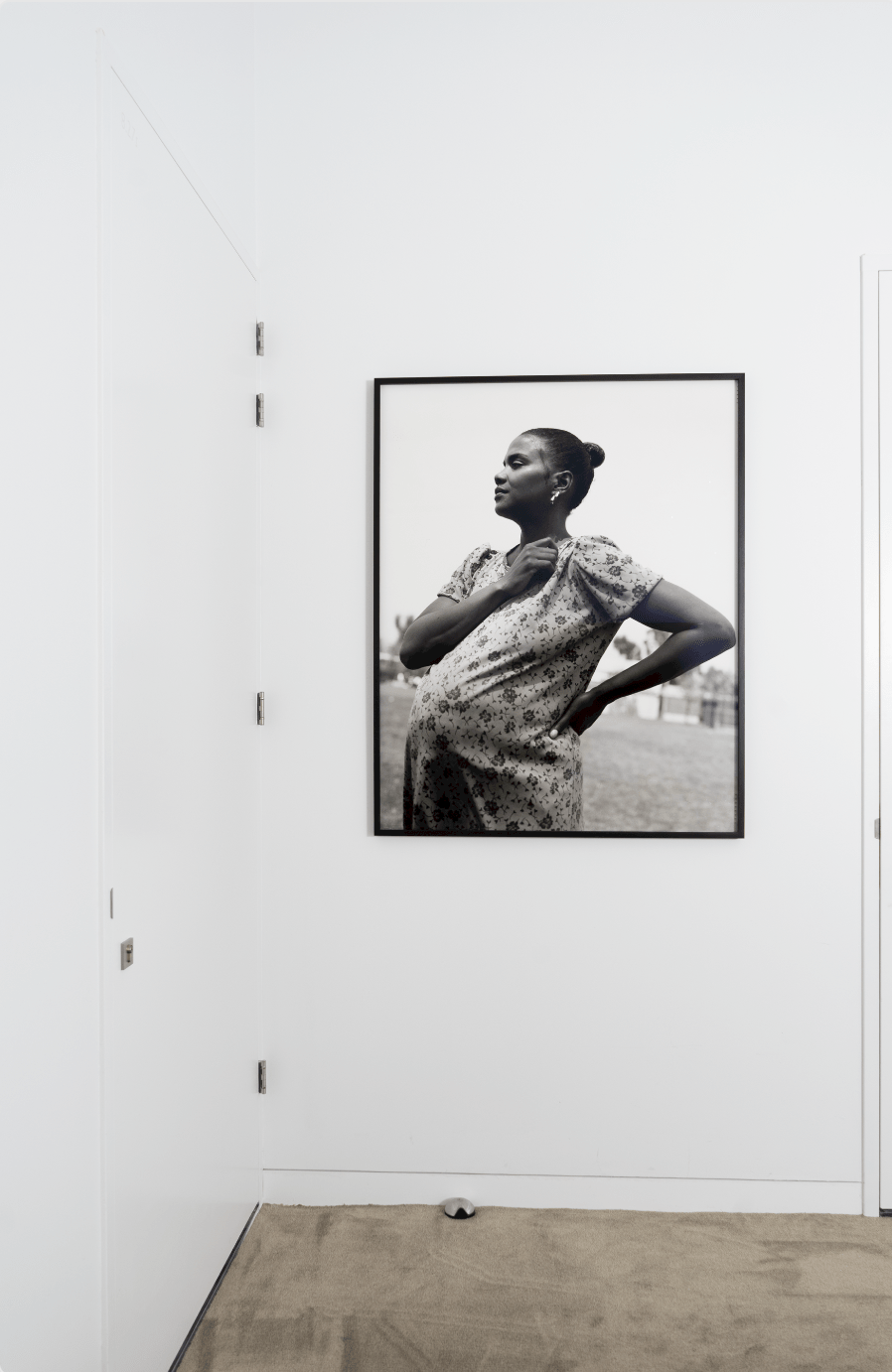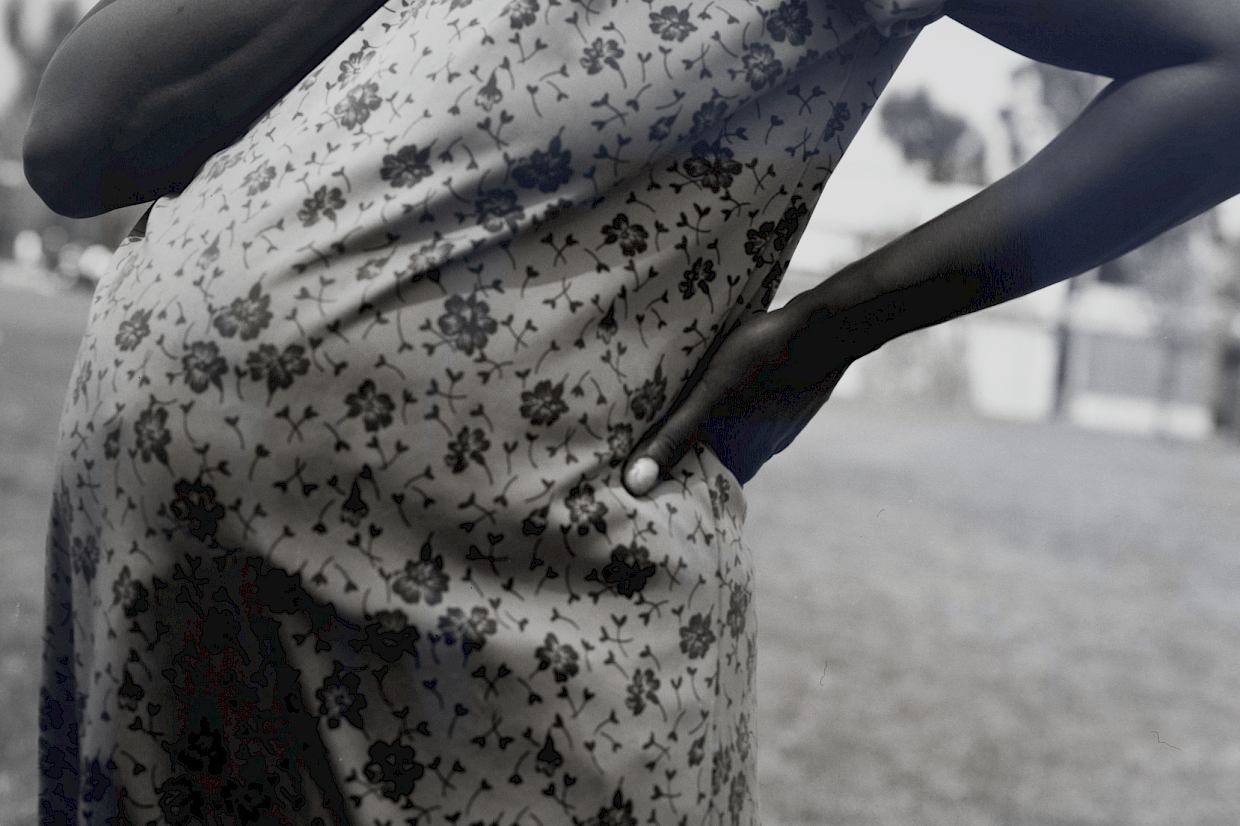

Dana Lixenberg (b. 1964)
Coco

Dutch photographer Dana Lixenberg studied at both the London College of Printing and at the Rietveld Academy in Amsterdam. She became known after she published her work in magazines such as New York Times Magazine, Newsweek and The New Yorker, in which she shows a preference for people on the margins of society. She also creates photographic series for music magazines such as Rolling Stone and Vibe. For the latter publication, she shot iconic portraits of famous gangster rappers such as Notorious B.I.G. and 2Pac.
These are assignments that stem from the Imperial Courts project which Lixenberg had started in the early 1990s and would take years to finish. In 1992, Vrij Nederland (a Dutch magazine) asked her to travel to South Central Los Angeles to document the aftermath of the race riots that followed the acquittal of four police officers who were on trial for the violent arrest of taxi driver Rodney King. Lixenberg developed a fascination for gang culture. This led to repeated visits to the Imperial Courts social housing project in the black ghetto district of Watts. It is the neighbourhood where fierce race riots broke out in 1965, and the site of bloody battles between rival gangs the Crips and the Bloods.
Initially, the predominantly Afro-American population was sceptical of the white photographer with her large-format camera. With every subsequent visit, more and more mutual trust was established. Lixenberg’s close contact with Tony Bogard, leader of the Crips, made it easier for her to approach people to portray in her work. She doesn’t just photograph gang members; rather, she captures all residents of Imperial Courts. Lixenberg photographs them alone or in groups, stripped of all the stereotypical references which dominate their violence-ridden lives. No tough guys with guns, drugs or gang logos. No walls covered in graffiti, no streets full of filth, no burnt-out cars serving as a background for her models. The result is a series of beautiful black and white stills with an emphasis on the person. In addition, Lixenberg also presented a probing colour film about the same people.
Over the years, some of the people depicted have disappeared without a trace, others have been murdered or are in prison. Some of the children Lixenberg photographed at the time now have children of their own, while gang members have become grandfathers. This passage of time has been recorded. Sometimes, the person has changed beyond recognition and it is hard to find the resemblance to the earlier youth portrait. In the photo of the pregnant Coco lies the promise of a new life, a better future for all residents of Imperial Courts. Unfortunately, the neighbourhood itself hardly changes: when Lixenberg handed out her book – the result of 22 years of photography – to the residents during a neighbourhood barbecue organised for her, the festivities were closely watched by patrolling officers and circling police helicopters. This is still a daily reality for the residents of Imperial Courts.
